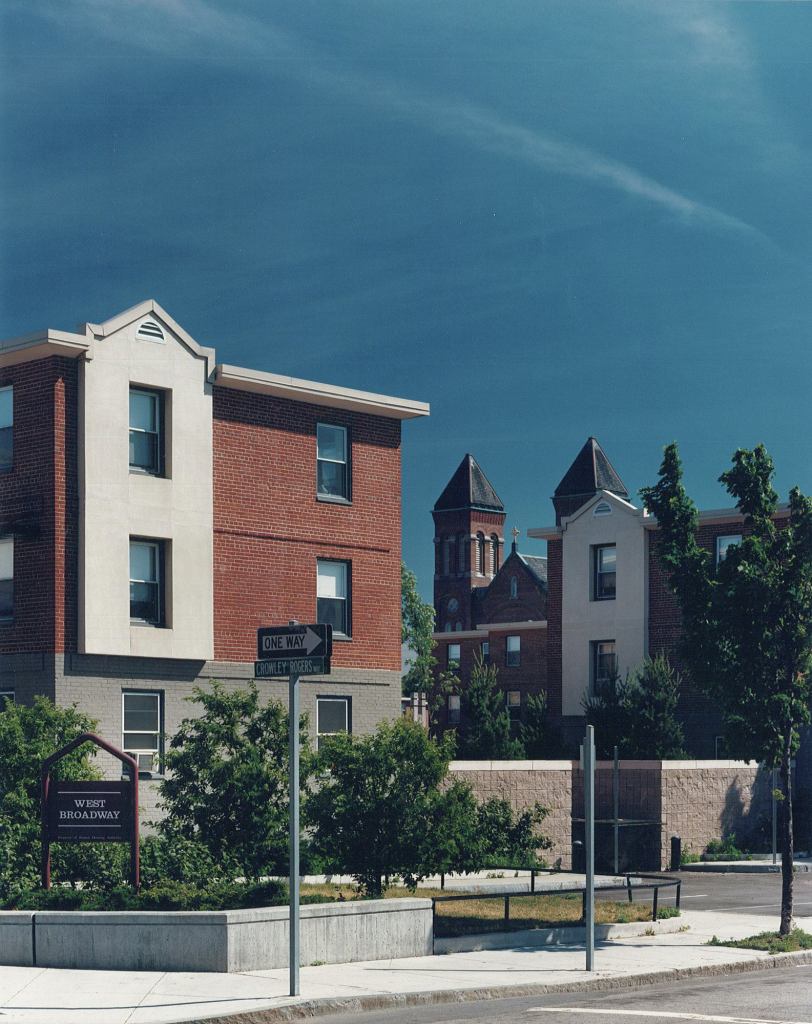What to do with distressed postwar public-housing projects is a challenge for cities around the country, and few efforts have had as much success as the upgrading of the West Broadway Housing complex in Boston. Designed by Lane, Frenchman & Associates and Goody, Clancy & Associates, the renewal plan called for inserting more streets through the development’s existing superblocks, reducing the number (and expanding the size) of dwelling units, and replacing a barren, largely concrete landscape with fenced-in—and easily defensible—green spaces and playgrounds.
Not every aspect of the project got implemented. Wood-framed townhouses along West Broadway and a social-services and daycare center replaced three clusters of the proposed brick-clad housing, yielding a greater diversity of unit types and outdoor spaces. But much of the project cited by the P/A Awards jury in 1983 was realized as planned, resulting in a substantial increase in plantings and playgrounds, new direct entryways into units from the outside, and off-street parking.
The growing prosperity of this area of South Boston has reinforced the success of this development and, at the same time, the project’s success has no doubt contributed to making West Broadway a desirable destination for residents, both locals and those new to the area. And while we know that architecture cannot cure society’s ills, this revitalized neighborhood shows the value of attending to the details of public space and to what families of diverse backgrounds need in order to thrive. Above all, this project demonstrates how good design can create a place that attracts people and makes them want to take care of it.
1983 P/A Awards Jury
George Baird, Intl. Assoc. AIA
Alan Chimacoff, AIA
Stanton Eckstut, FAIA
Sandra Howell
Mark Mack
Marietta Millet
James Stirling
John Woodbridge, FAIA
